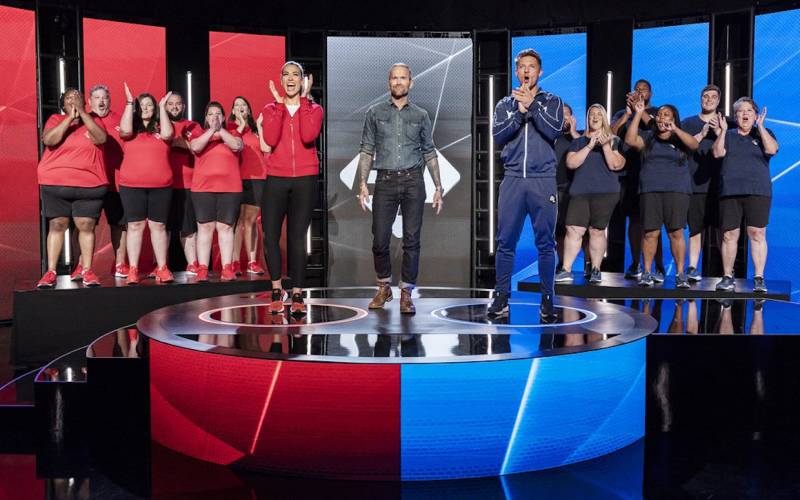But there were three major death knells that finished The Biggest Loser‘s original incarnation. One was the controversial 155 pound weight loss that left Season 15 winner Rachel Frederickson looking extremely thin to a point that visibly shocked even renowned fat-shamer Jillian Michaels. The second was a 2016 study that proved that competing on the show slowed down contestants’ metabolisms so much that it was nearly impossible to keep the weight off. The third was an internal investigation NBC had to conduct after contestants told the New York Post they had been given FDA-banned diet pills while on the show.
Throwing The Biggest Loser back on TV at this particular cultural moment—one in which a new wave of body positivity seems to actually be gaining some mainstream traction—doesn’t just feel like a step backwards. It feels like a conscious attack. Its return came less than a week after Lizzo and her ballet-dancing Big Grrrls proved on the Grammys stage that being plus-size and fit aren’t mutually exclusive. And it premiered the same week that the second season of Aidy Bryant’s Shrill—a show based on the radical notion that fat people are outgoing, successful, sexually desirable people—hit Hulu.
And while The Biggest Loser‘s new marketing strategy promises a show about “overall well-being,” not just thinness, almost nothing has changed. The grand prize ($100,000 now, instead of the $250,000 of old) still goes to “the one who loses the most,” and, glaringly, Bob Harper is still the host. This despite a 2016 report in the New York Post that suggested he facilitated diet pill use.
The humiliation of already self-conscious people continues to be a central theme. When not being filmed vomiting into buckets in the gym, contestants are forced to take their shirts off before they’re publicly weighed at the end of each episode. To make matters worse, their shame continues to be exploited in an attempt to give the show emotional depth. In the first new episode, Katarina, Kristi, Kim and Teri all cry on the scales; Jim looks despairing and says he’s “mad”; and Micah describes his shirtless weigh-in as “one of my biggest fears because I hate the way my body looks.”
And just like The Biggest Loser of old, the new show works extraordinarily hard to portray plus-size people as sad husks of humanity, unable to achieve their dreams, inherently undeserving of love and probably on the verge of death—and it frequently uses contestants’ own words to do it. Phi, an already attractive and stylish 36-year-old counsellor says, “As long as you help me get sexy, I’m here for it.” Terri, a 47-year-old flight nurse—meaning she rescues people in a helicopter for a living—says: “I’m at that stage in my life where I either make the dreams happen, or let them go—and I’m not ready to let them go yet.”
When the new Biggest Loser does attempt changes, they’re minor to the point of tokenism. At one point, Harper sits the contestants down on couches and promises to “give them a place just to get together and talk,” only to instead terrify them all with test results that tell them how likely they are “to die of an obesity-related complication.” (No word on how many years into the future those deaths may occur, so most contestants assume it’s imminent and cry accordingly.)
There has also been a shift with the coaches, most notably with red team coach Erica Lugo, a single mom who lost 160 pounds after the birth of her son. First impressions paint her as both likable and sympathetic. “I wanna change the way that others think about those that struggle with their weight,” she says. “Lazy, fat, gross—I know those words were thought about me at one point. These people are none of those words.”
An attempt to make blue team coach Steve Cook—whose entire career has been spent in the sports and fitness industries—more sympathetic with a confession of binge-eating between photoshoots is far less successful.
And the new coaches continue to peddle the idea that fat equals sick. At various points, Cook says the show will “literally save your life.” In the gym, Lugo asks the oldest contestant there, “If we don’t do this now, where are we going to end up?” He responds dutifully: “Dead.” This messaging works: at one point Phi despairs, “I don’t want to die prematurely because I ate my life away.”


